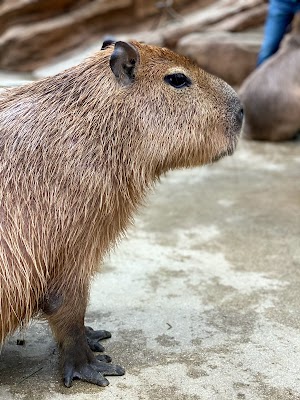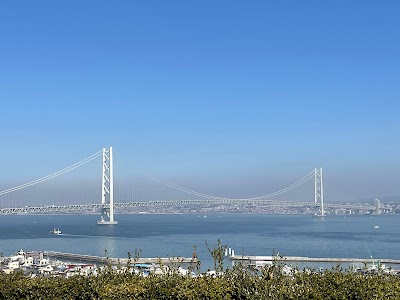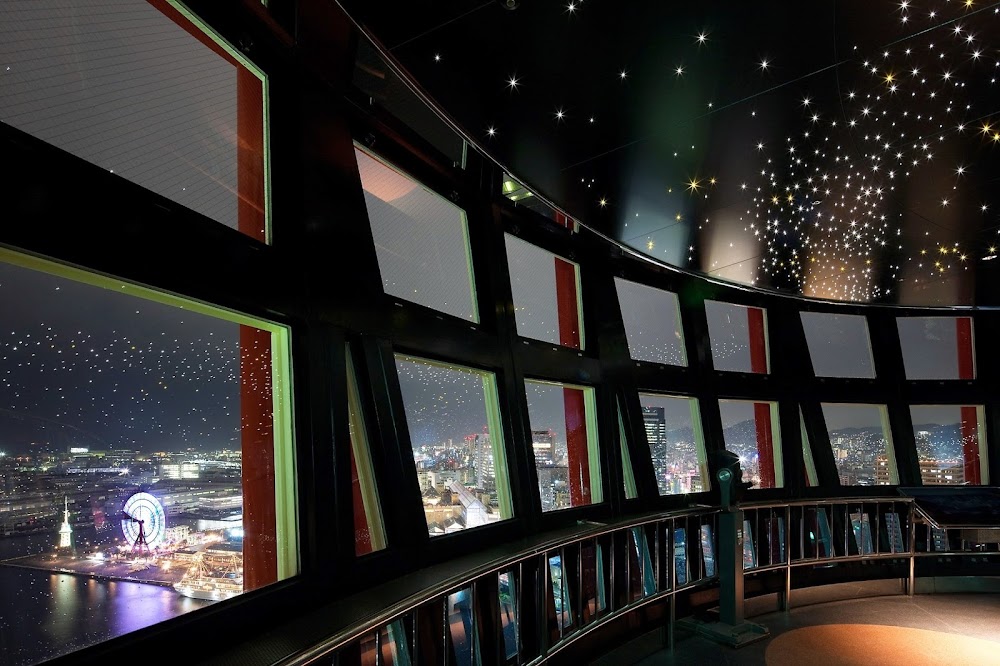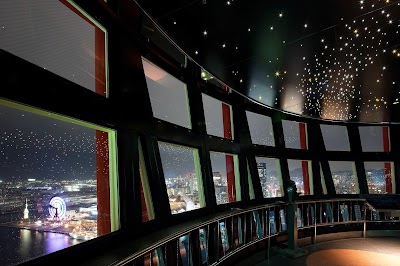Hyōgo Prefectural Museum of Art (兵庫県立美術館)
Overview
The Hyōgo Prefectural Museum of Art, nestled in the vibrant city of Kobe in Hyōgo Prefecture, Japan, is a cultural gem that captivates both art lovers and casual visitors. Designed by the acclaimed architect Tadao Ando, this museum is not merely a showcase for Japanese art; it is an architectural masterpiece. Opened in 2002, the museum was established as a symbol of creative revival following the tragic Great Hanshin-Awaji Earthquake of 1995, embodying resilience and a spirit of healing through artistic expression and community engagement.
Upon arriving at the museum, visitors are instantly drawn in by Ando's signature minimalist design. The building’s aesthetic seamlessly combines concrete, glass, and natural light, fostering a serene and inviting atmosphere. The dramatic façade leads to an expansive open plaza, often buzzing with outdoor exhibitions and cultural events. Inside, Ando's innovative use of light and spaciousness creates a contemplative environment, allowing guests to fully immerse themselves in the art on display.
The museum boasts an extensive collection that spans a wide array of works by both Japanese and international artists. Notable highlights include significant 20th-century pieces, particularly those that focus on post-war Japanese art. Among the must-see artworks are creations by esteemed Japanese artists such as Jiro Yoshihara, Tadanori Yokoo, and Ryusei Kishida. The collection also features contemporary artworks, sculptures, and multimedia installations, offering a rich tapestry of artistic expression.
One of the museum’s standout features is its multimedia room, where technology and art converge to create interactive exhibits. This engaging space appeals to younger audiences and those with a penchant for innovation, while also deepening the appreciation of the interplay between traditional and modern artistic forms. Educational programs, workshops, and guided tours make the museum an enriching destination for families, school groups, and serious art enthusiasts alike.
In addition to its permanent collection, the museum frequently hosts special exhibitions that showcase the works of prominent global artists and explore various artistic movements and historical periods. These temporary exhibitions ensure that returning visitors always discover something new and exciting. Past exhibitions have included masterpieces by renowned artists like Picasso, Monet, and Van Gogh, along with thematic displays focusing on Japanese ukiyo-e and contemporary sculpture.
The museum's landscaped garden and sculpture court provide a peaceful outdoor space where visitors can appreciate artworks while enjoying views of the nearby coastline. For those needing a break, the on-site café offers a cozy spot to relax with light refreshments. The museum shop is a treasure trove of art books, unique souvenirs, and exclusive merchandise—perfect for taking a piece of your visit home.
Conveniently situated near the waterfront, the museum is easily accessible via public transportation, with multiple bus routes and a nearby train station. Its location also allows for easy exploration of nearby attractions, such as the Kobe Maritime Museum and the scenic Meriken Park, making it an ideal stop during a day of sightseeing in Kobe.
Visiting the Hyōgo Prefectural Museum of Art goes beyond merely viewing exceptional artworks; it offers a profound insight into a region that has transformed adversity into triumph. Each piece of art and architectural detail resonates with the resilience and beauty of Hyōgo Prefecture and its people. Whether you are an art aficionado, a history enthusiast, or simply in search of a tranquil spot to unwind, this museum guarantees a rewarding and enriching experience.
So, the next time you find yourself in Hyōgo Prefecture, be sure to set aside a few hours to explore the Hyōgo Prefectural Museum of Art. Its captivating collection, stunning architecture, and inspiring story are bound to leave a lasting impression, standing as a testament to the enduring power of art and community.






